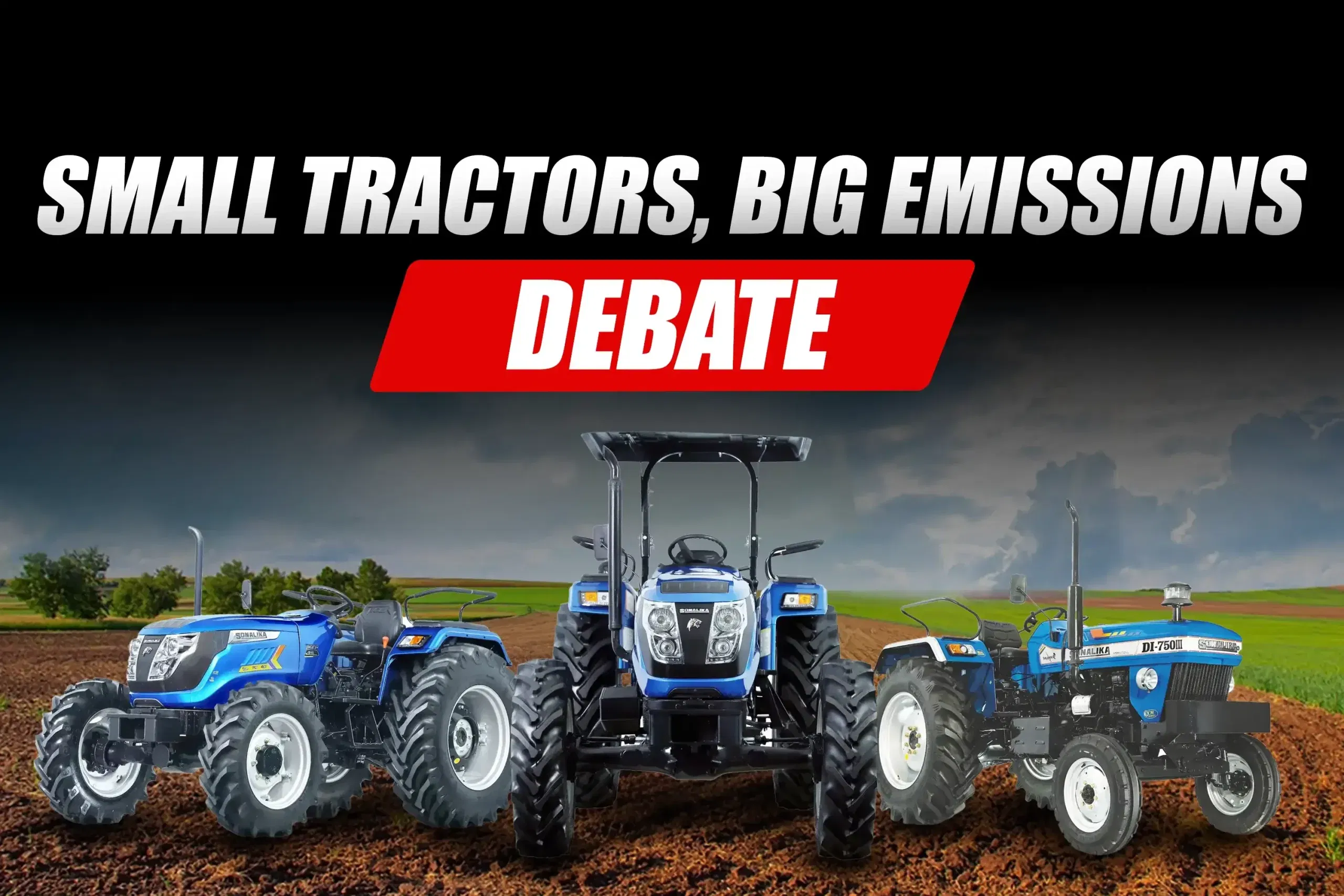Tractor manufacturers all over the country have approached the government to extend the deadline for the implementation of the TREM-V emission norms on sub-50 HP tractors up to 2028. The industry's request reflects growing concern over production costs, technical readiness, and the economic burden on small and marginal farmers.
The TREM-V norms, which are meant to slash particulate matter and nitrogen oxide emissions, are expected to mark a major leap from the existing TREM-IV requirements for tractors above 50 HP. However, most of India's tractor market comprises models between 25 and 50 HP, still running under TREM-IIIA norms. These smaller tractors remain vital for smallholder farms, which dominate the nation's agriculture sector.
"It has been officially suggested by TMA to push the date for TREM-V rollout for 25–50 HP tractors to 2028. The discussion continues for tractors below 25 HP, Rajesh Jejurikar, Executive Director and CEO, Auto and Farm Sector, Mahindra & Mahindra said. "The current solutions appear high in cost, and we are engaging with the government to find a more viable approach."
Industry leaders emphasize that moving more quickly would impair rural affordability. They say advanced emission systems, though environmentally necessary, would require engine redesigns and after-treatment units that would raise the prices for tractors and make their maintenance more complicated in areas where local mechanics are integral to servicing.
Bharat Madan, Whole-Time Director and Group CFO at Escorts Kubota Ltd, also heads the TMA's finance committee. He said that an early implementation could stress farmers beyond their ability to cope with the increased expense. "Higher emission norms will raise costs sharply. Servicing those tractors becomes difficult because local workshops lack the tools and training," Madan added. He said that TMA has submitted recommendations to strike a balanced transition considering fuel options and affordability.
While supporting the cleaner technology, manufacturers argue that its implementation must take into consideration the ground realities. Any premature introduction would only end up slowing down mechanization in small farms and reducing access to affordable machinery.
So far, the government has not issued a formal notification regarding the TREM-V timeline for the lower horsepower models. Discussions continue among the policymakers, TMA, and leading OEMs in defining an approach that would ensure both emission reduction and economic sustainability.
If the 2028 extension is approved, manufacturers would have enough time to localize technology, manage costs, and train rural service networks, thereby allowing the sector to smoothly transition to next-generation emission compliance without burdening farmers across the country.
Stay updated with 91Tractors for more articles, insights, and news from the tractor and agriculture industry. Don’t forget to subscribe to our YouTube channel and follow us on Facebook, Instagram, and LinkedIn for the latest videos and updates.









